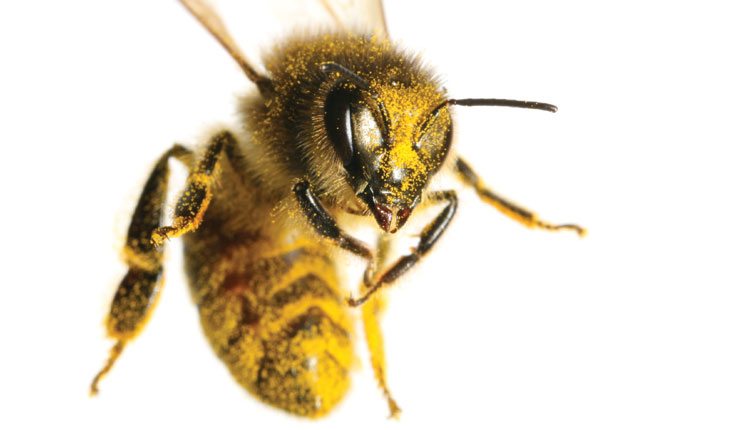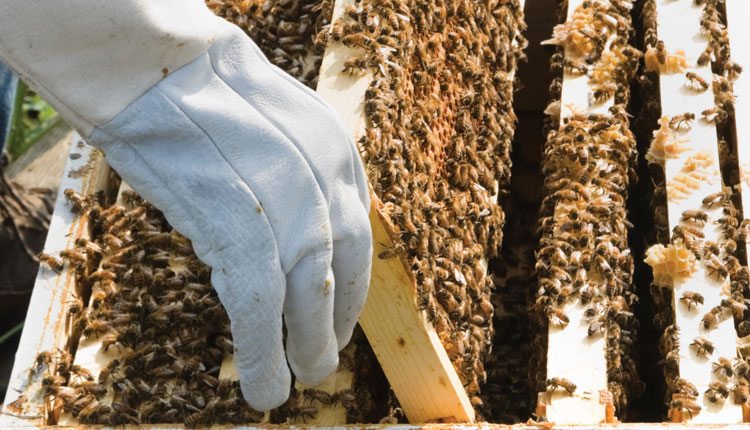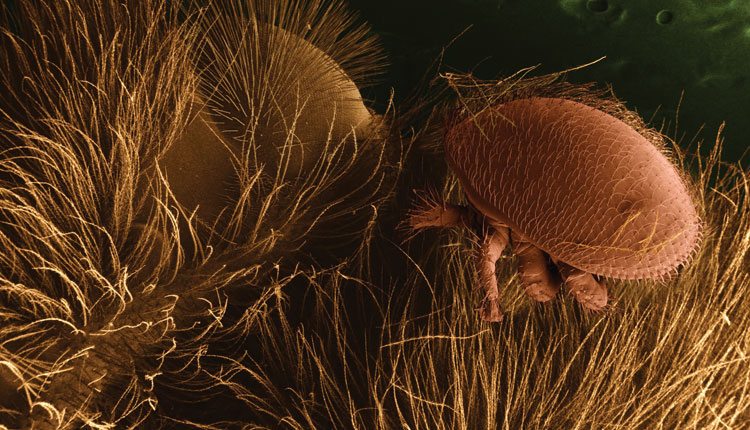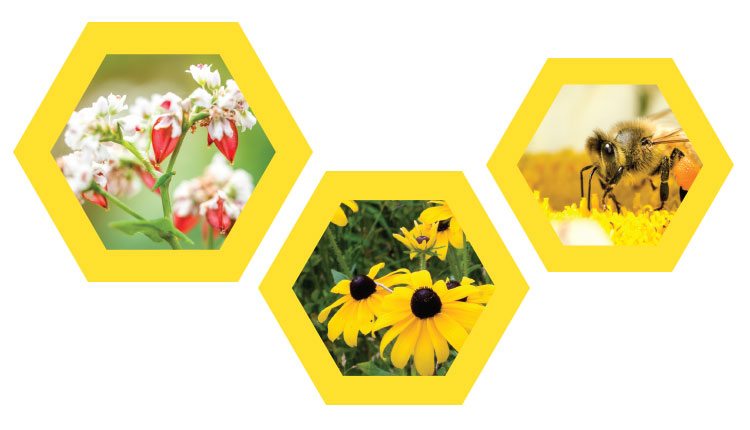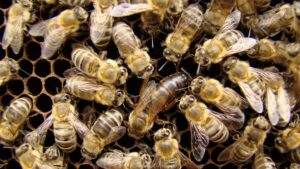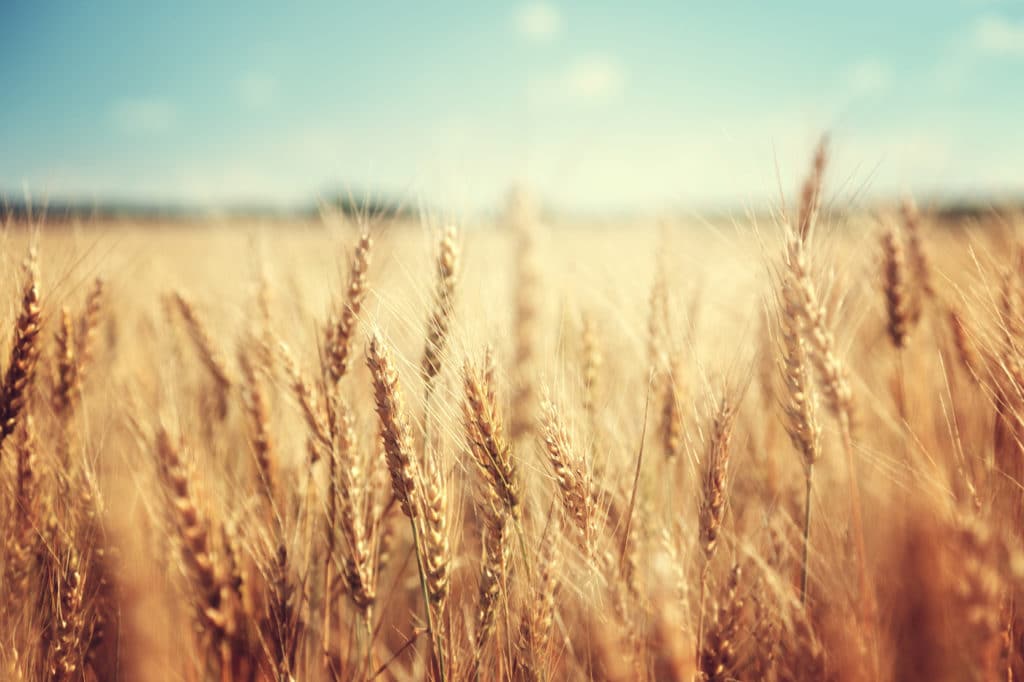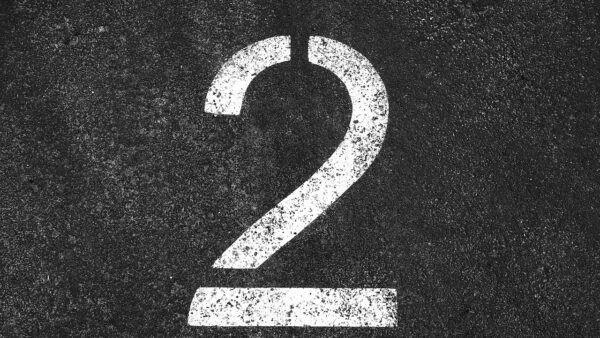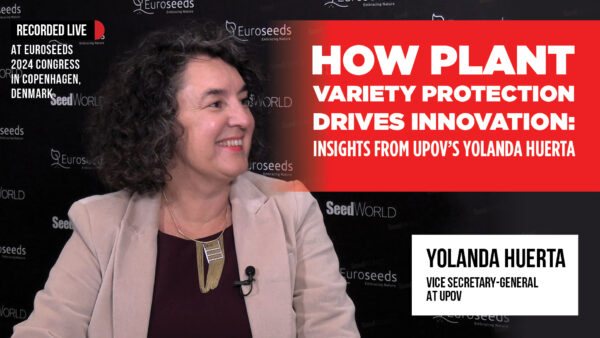Even the busiest of bees need your help.
Hi there, I’m Phoebee, a busy worker bee from a managed North American honeybee colony. About the size of a paperclip, I weigh less than a small wooden toothpick and pack some serious pollinating power.
Did you know there are virtually no feral honeybee colonies left in North America? Managed hives are also struggling due to reduced forage and threats from disease, pests and chemicals. It’s near impossible for us to survive without intervention from humans.
When you consider the important role we play in food production, that’s a serious problem. This year, Bayer CropScience launched Feed a Bee. Their goal is to help humans like you grow 50 million flowers to provide additional forage for bees like me in 2015.
In addition, Feed a Bee taps into the power of collaboration by working with 50 organizations and farmers to plant thousands of acres of cover crops for bees. The campaign is supported by the Bayer Bee Care program’s honeybee research, which seeks to learn more about bees, and how humans can help us not just survive, but thrive.
If you’re wondering why all this matters, let me explain: For me, these efforts mean increased overall health for myself and the hive. For you, it means more pollination and an overall healthier food-producing ecosystem.
Most staple crops such as corn, wheat, rice and potatoes are self-pollinated, or wind pollinated, but around 70 percent of the world’s most widely produced crops rely, to some extent, on pollination from bees or other insects. That means bees bring an estimated $40 billion in added value to crops worldwide every year. Kind of makes you think twice about swatting me if I crash your backyard barbecue, huh?
All that pollination is a big responsibility, and we need your help. After all, as one of about 50,000 female worker bees in my hive, I spend many hours a day flying to and from the hive and can visit 50 to 100 flowers on a single trip. In all, I visit about 5,000 flowers a day. So, while I don’t expect you to start gathering pollen and nectar for me, you can help make sure I have plenty of nearby food sources.
Recent declines in our bee populations are largely due to parasitic mites and disease, both of which aren’t directly related to farm practices and plantings, but I’m much less susceptible to either of those external risks when I’m at my healthiest. In fact, the U.S. Department of Agriculture has listed nutritional deficiencies as a major factor affecting the overall health of North America’s honeybee population.
Sarah Myers, an apiarist at the Bee Care Center says, “like humans, bees need a diverse diet, which happens by visiting lots of different flowers, trees and crops. We know a balanced diversity of pollen and nectar sources make for healthier bees.”
Keep in mind that to fly, my wings beat about 12,000 times each minute. When I’m sick or lacking in nutrients, I fly slower. That means I visit fewer flowers each day and bring back less pollen to the hive. And, I’ll have even less energy for the next day’s work. It’s an endless cycle.
Imagine trying to do your job while only eating candy bars or drinking coffee. It might work for a while, but eventually, you’re going to get run down. Now imagine walking five miles to the grocery store every time you want to eat one of those candy bars — not driving, walking. Consider the energy you’d spend flying. Oh wait, I’m told that’s a skill you humans haven’t yet acquired.
You can see why we’re struggling.
This is where you come in. Planting diverse wildflower patches that bloom all season long or installing hedgerows with blooming shrubs or trees is a great way to provide new food sources for bees that won’t take up much room at your location.
I look for areas with high bloom densities and my favorite colors are yellow, blue and purple, so plants with blooms in those colors are most attractive. While I’m at it, I also prefer to harvest pollen somewhere sunny. Just make sure you don’t plant in areas with a high risk of pesticide drift, which reminds me, it’s crucial to read and follow all product labels to minimize risk to me and other pollinators. Minimizing wind drift and water runoff also ensures proper use of pesticides.
If we make it through the summer — our prime pollinating season — with a healthy hive, we’re much more likely to have a successful winter season. Without the help of our human beekeepers, our hive could lose as much as 50 percent to 60 percent of our entire population during the winter. Somewhere around 20 percent is much more manageable for us to be able to build our numbers back up in the spring.
Becky Langer, Bayer’s Bee Care program manager, believes one person’s contribution can make a big difference. “Providing more food for bees is a cumulative effort and every little bit helps,” she says. If you don’t know of any nearby managed hives, there are other pollinators you can hope to attract by planting flowers, and you might be surprised by how far I’ll fly to find food — up to 10 miles if needed. The more of those long trips I have to make, the more likely my already-short life will be cut even shorter. I already only have about six weeks to live, in which I’m trying to get all this work done. Yikes!
You can also help by telling everyone you know about the struggles we face.
George Hansen, president of the American Beekeeping Federation says, “most of the general public has no clear idea of how we produce food in this country, or the challenges faced by the agriculture industry.”
We’re very misunderstood creatures who need help from our human friends. But without you helping to educate your friends and family, how else will they learn? I can’t tell them. But you can.


